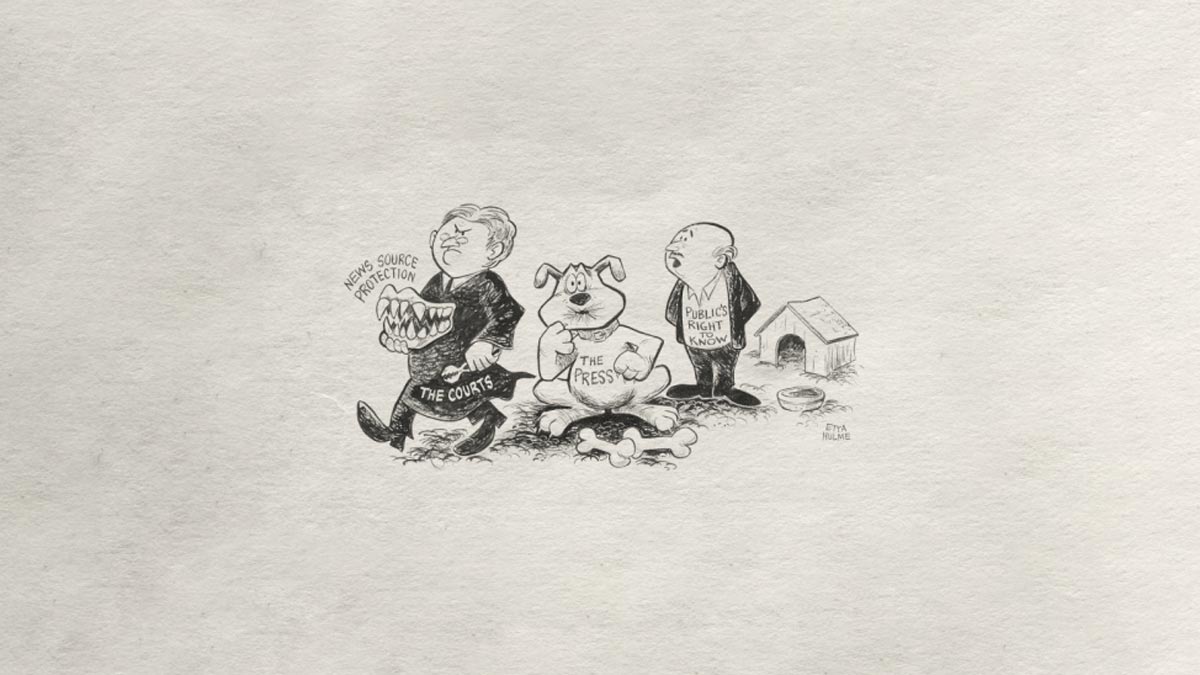
NLP introduces “Power in Art,” a new lesson on editorial cartooning

Editorial cartoonists are known for their masterful, often trenchant use of images and text to express opinions or provide critique. Sometimes their work even propels national conversation or social change.
Now, students have a chance to explore the formidable history and impact of editorial cartoonists through a new, comprehensive Checkology® lesson, “Power in Art: The Watchdog Role of Editorial Cartoonists.” The lesson is included with the News Literacy Project’s free Checkology virtual classroom and is currently available to all educators. (You can preview the lesson here. To assign this to students, log in to or register for Checkology.)
“Editorial cartooning is a fascinating, complex form of opinion journalism, and we are very excited to incorporate this lesson into Checkology,” said Peter Adams, NLP’s senior vice president of education. “Guided by our subject matter expert, the award-winning editorial cartoonist Lalo Alcaraz, students trace the role of editorial cartooning through history and gain valuable skills for analyzing and interpreting these powerful drawings, as well as other modern forms of graphic expression. With its international, multidisciplinary scope, this lesson would make a great addition to many course curricula, including social studies, history, journalism, media studies and art.”
The lesson provides an in-depth look at how the work of editorial cartoonists has held those in power accountable, as well as the characteristics and challenges of this important form of opinion journalism. Students analyze cartoons from around the world, with iconic examples from Benjamin Franklin, Charles Philipon, José Guadalupe Posada and others. The lesson also invites students to compare editorial cartoons with modern forms of graphic political expression, including memes.
Alcaraz, whose work has appeared in newspapers across the United States, Mexico and around the world, and the winner of the 2022 Herblock Prize for editorial cartooning, hosts the lesson.
Learning objectives of “Power in Art” include:
- Identifying the primary elements of an editorial cartoon and how they work together to express an opinion.
- Summarizing how editorial cartoons have held people in power accountable.
- Distinguishing between functional and harmful representations of groups in political cartoons.
- Analyzing and interpreting an editorial cartoon, including identifying opinion versus observation.
- Being able to describe why diverse voices and perspectives matter in editorial cartooning.
- Being able to explain how modern forms of graphic political expression compare with editorial cartoons.
“Power in Art” is the 15th lesson in NLP’s browser-based platform, which teaches students how to navigate the digital landscape by developing news literacy knowledge, skills and habits of mind.
This lesson was made possible with support from The Herb Block Foundation and the Association of American Editorial Cartoonists (AAEC).